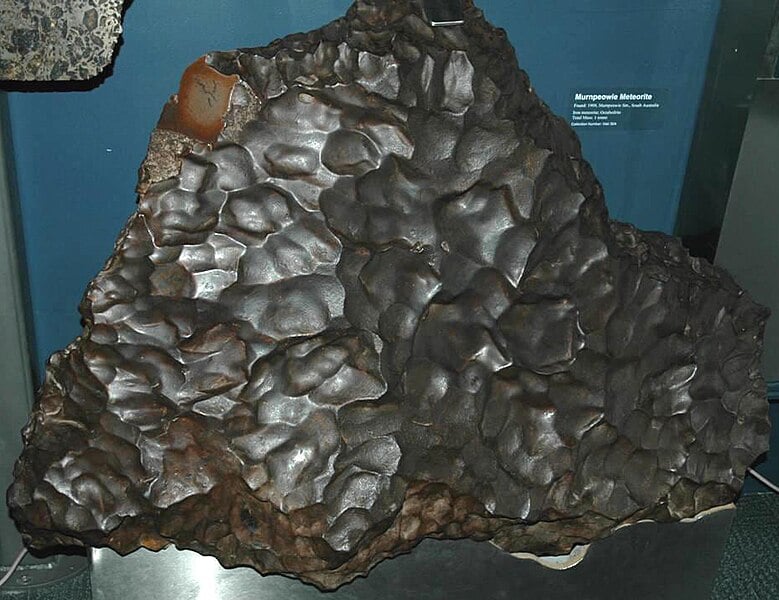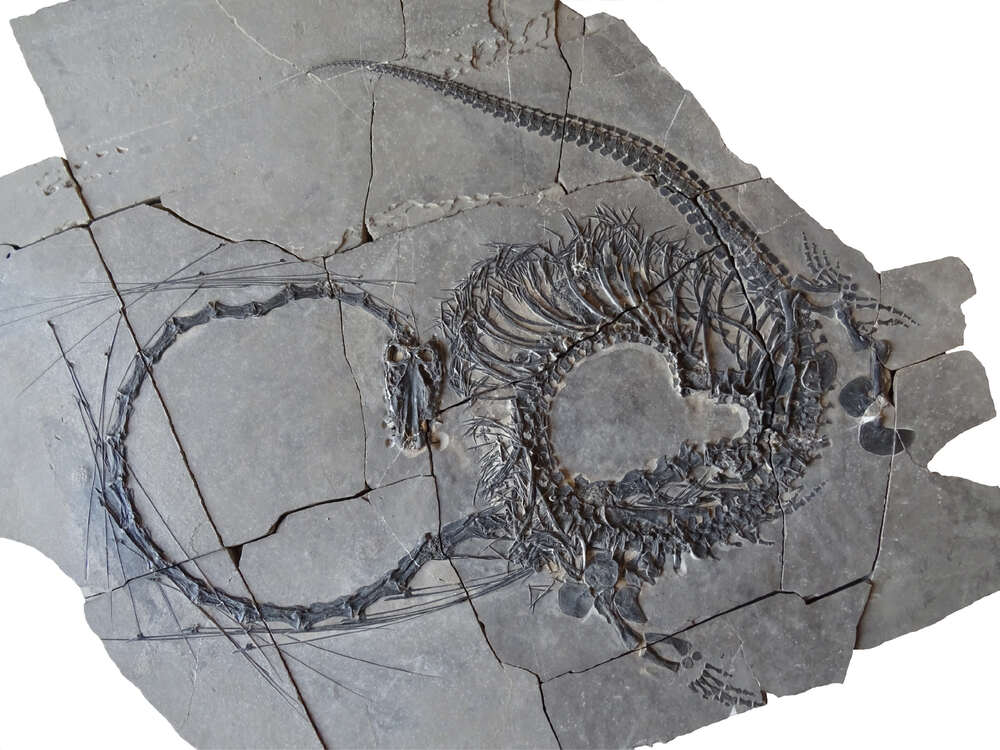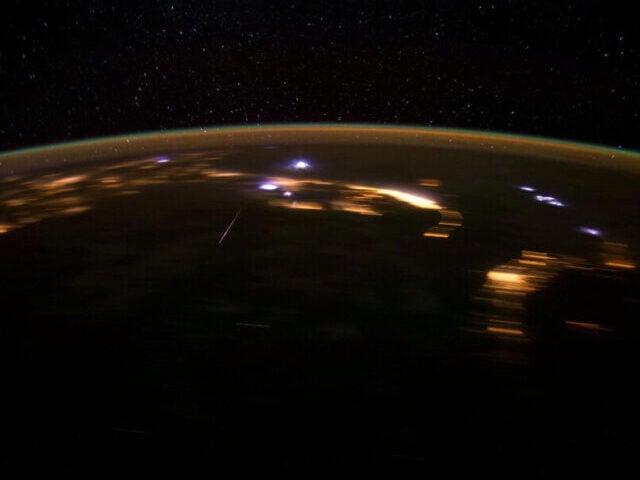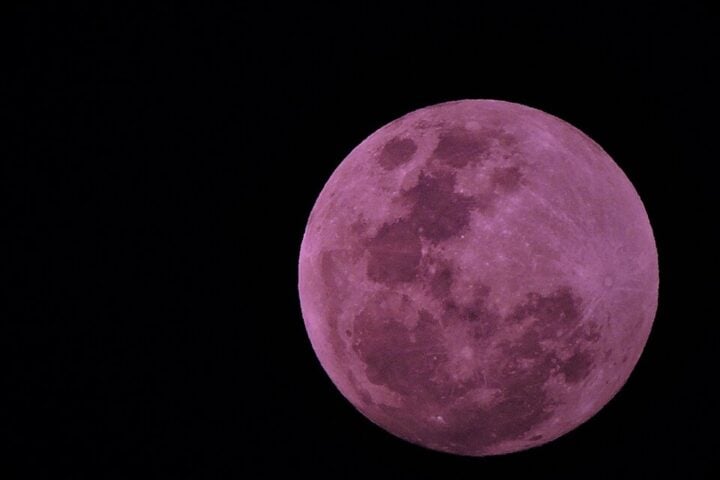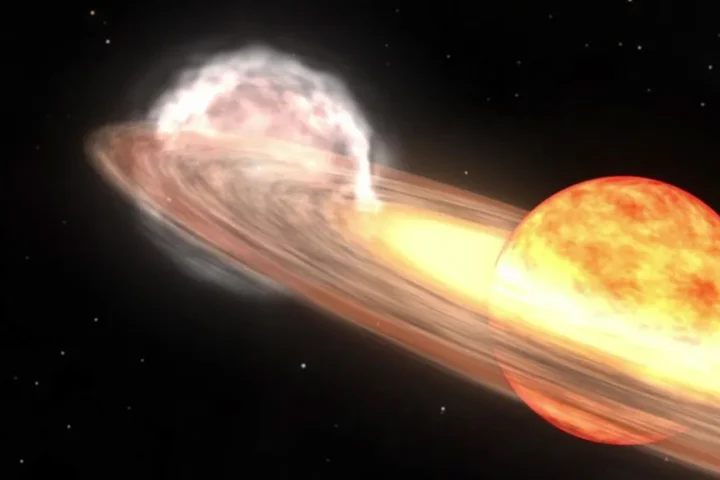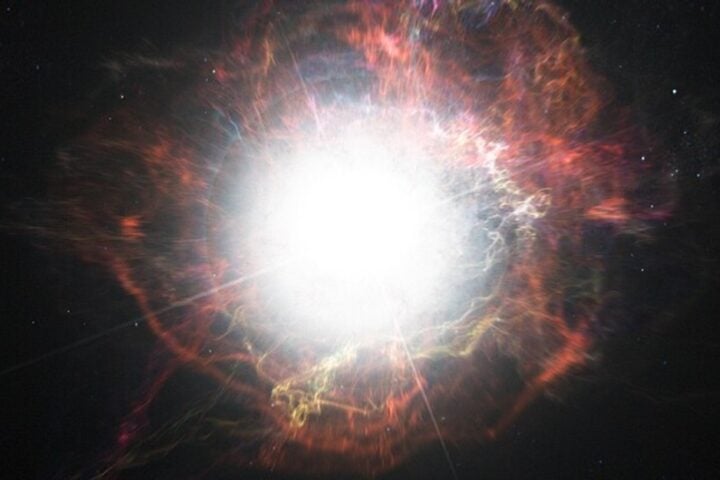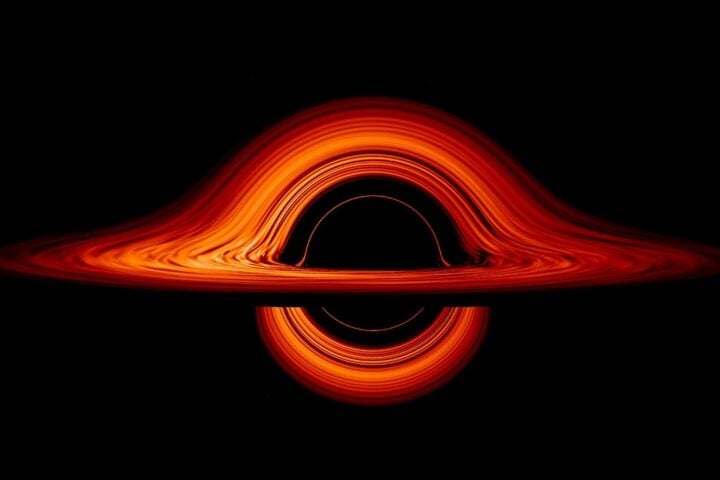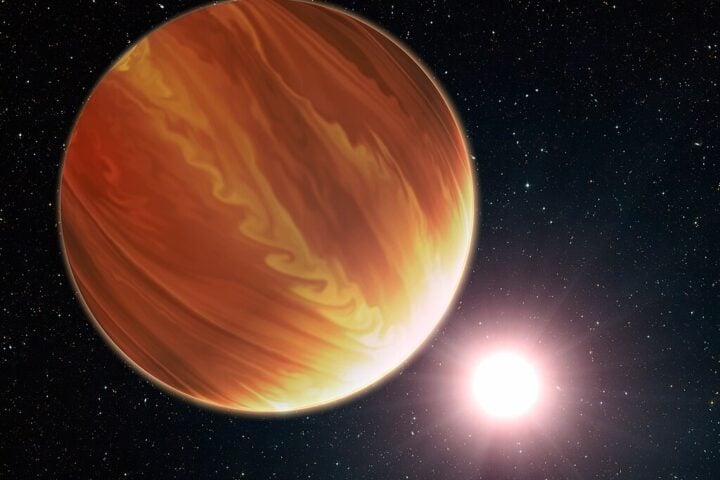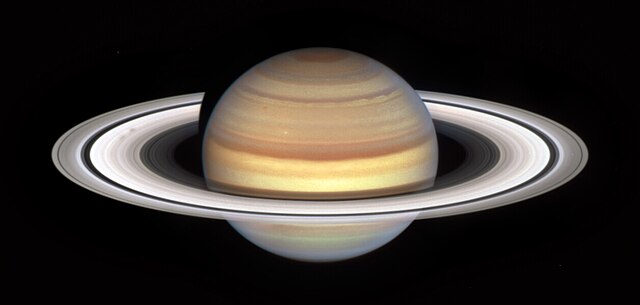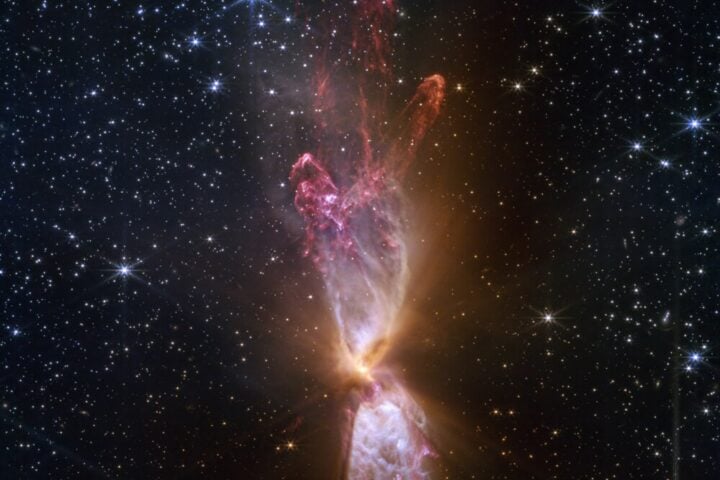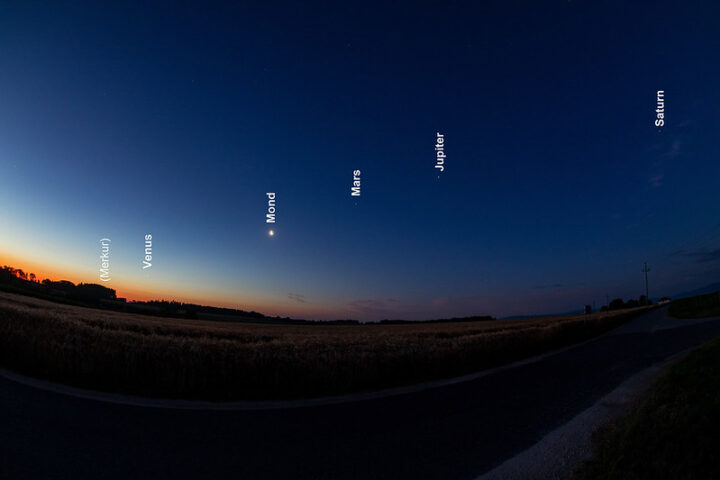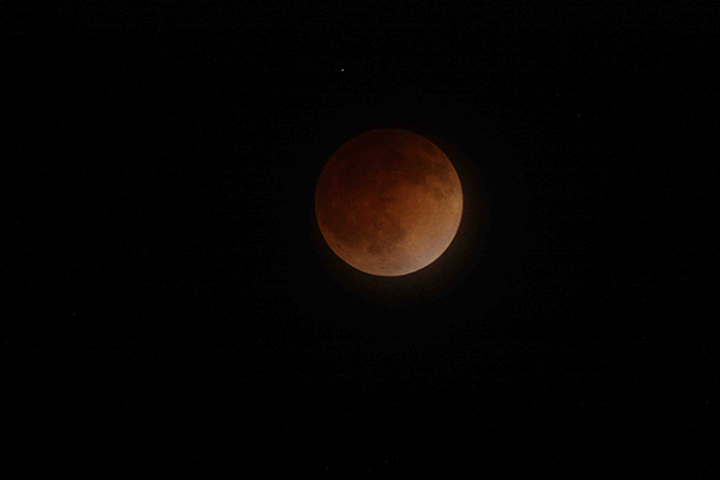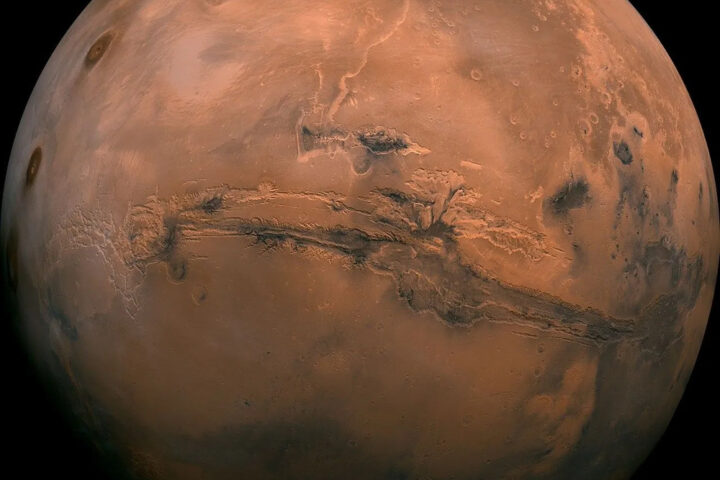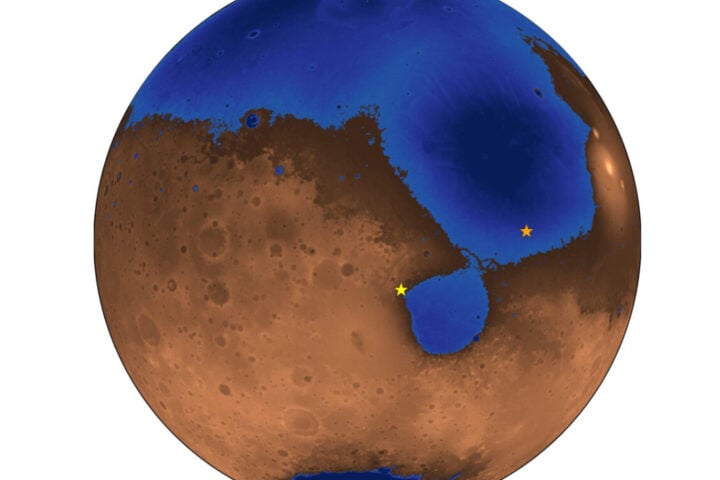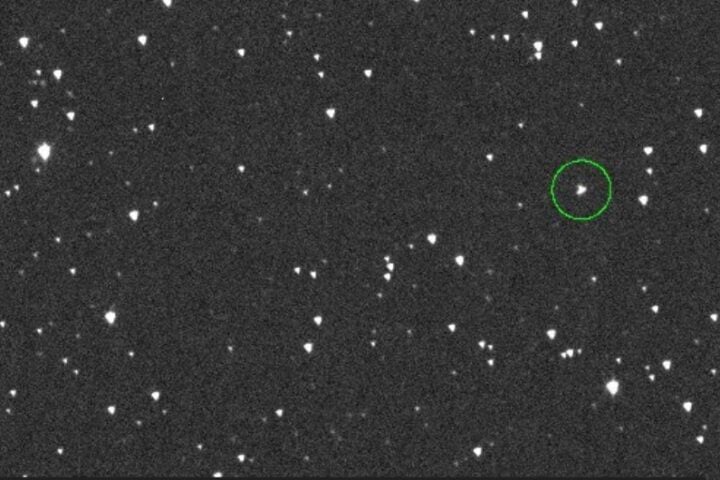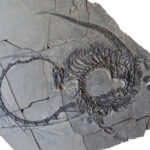In May 2015, amateur prospector David Hole unearthed something unusual while metal detecting in Maryborough Regional Park, Victoria – a heavy, reddish rock nestled in yellow clay. Convinced he’d struck gold in this historic Australian goldfields region, Hole tried everything to crack it open: rock saws, angle grinders, drills, acid, and even a sledgehammer. Nothing worked.
Years later, he discovered why. This wasn’t gold – it was a 4.6-billion-year-old visitor from space.
“It had this sculpted, dimpled look to it,” explained Melbourne Museum geologist Dermot Henry. “That’s formed when they come through the atmosphere, they are melting on the outside, and the atmosphere sculpts them.”
Cosmic Fingerprints Revealed
After bringing his stubborn find to Museums Victoria in 2018, Hole learned the truth from geologists Bill Birch and Dermot Henry. Using a diamond saw to slice a small section, they identified it as an H5 ordinary chondrite meteorite – only the 17th meteorite ever recorded in Victoria and the second-largest at a hefty 17 kilograms.
The meteorite contains distinctive chondrules – tiny crystallized mineral droplets that formed during the Solar System’s birth. Scientific analysis revealed a plagioclase-bearing matrix with uniform olivine (Fo₈₀.₁Fa₁₉.₃Te₀.₅Ca-ol₀.₀₄) and orthopyroxene (En₈₁.₅Fs₁₇.₁Wo₁.₅) compositions. Metallic phases, including kamacite, taenite, and tetrataenite, appear throughout, often forming composite grains with troilite.
“Meteorites provide the cheapest form of space exploration,” Henry noted. “They transport us back in time, providing clues to the age, formation, and chemistry of our Solar System.”
Similar Posts
A Time Capsule From the Cosmos
The Maryborough meteorite’s journey began in the asteroid belt between Mars and Jupiter, primordial rubble left over from planetary formation. Carbon-14 dating suggests it landed on Earth between 100 and 1,000 years ago, potentially corresponding to meteor sightings recorded between 1889 and 1951.
Officially cataloged in the Meteoritical Bulletin Database (Entry 68619), the meteorite shows only incipient weathering with thin iron-oxide mantles around Fe-Ni grains. It lacks shock-induced features, indicating a metamorphic grade of 5 on the S1 shock scale with W1–2 weathering grade.
Museums Victoria acknowledges the Wurundjeri Woi Wurrung and Boon Wurrung Bunurong peoples as First Peoples of the region where the meteorite was found.
Scientific Gold Mine
The Maryborough meteorite made its public debut during National Science Week’s “Science on Show!” at Melbourne Museum in August 2019. It remains on long-term display in the “Dynamic Earth” exhibition, with public programs including guided “Space Rocks” tours and 3D-printed replicas available in the museum shop.
Ongoing research might be supported by an Australian Research Council linkage grant in partnership with CSIRO planetary science. The Meteoritical Society’s R.S. Mackenzie fund enables isotopic studies and international sample loans.
Recent updates to the Meteoritical Bulletin in April 2025 confirmed the classification and added registry photographs to the database. At the upcoming Meteoritical Society Meeting in Perth (July, 2025), Dr. Birch might present new petrography and cosmogenic-nuclide results at the Annual Barringer Lecture.
“Looking at the chain of events, it’s quite, you might say, astronomical it being discovered at all,” remarked Henry.
David Hole’s persistent curiosity transformed what appeared to be an ordinary rock into a scientific treasure far more valuable than gold. His find offers researchers a pristine window into our cosmic origins, demonstrating how everyday discoveries can advance our understanding of the universe.
